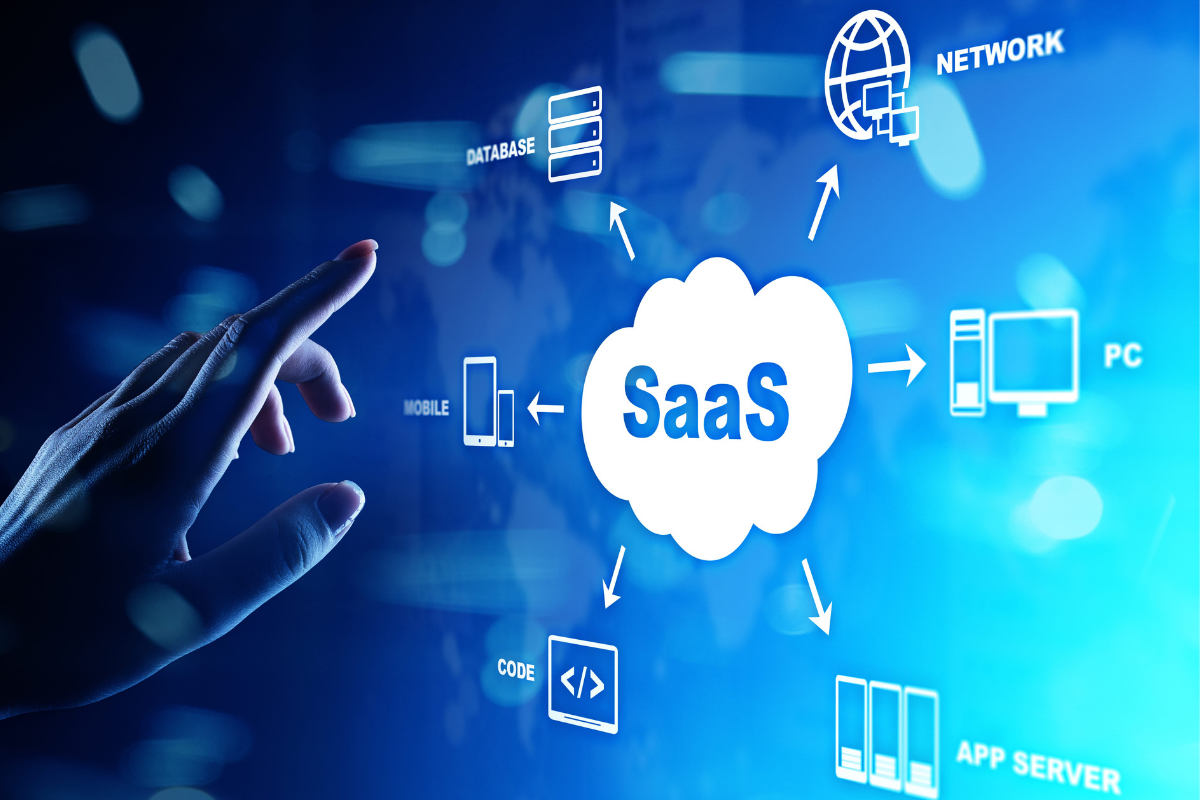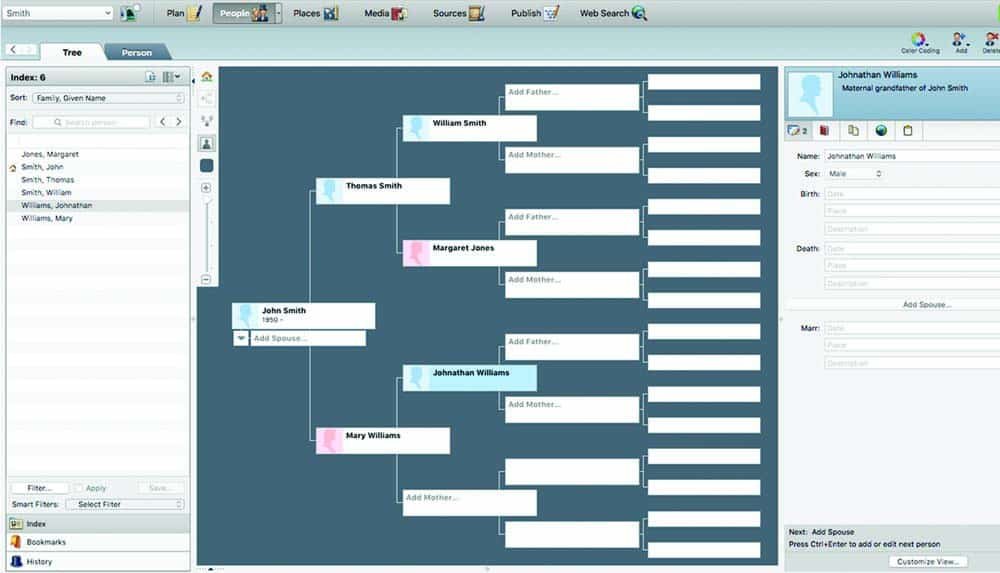As Software as a Service (SaaS) continues to gain popularity, more companies are looking to develop their own products. However, developing a SaaS product can be a complex process with many moving parts. In order to ensure a successful launch, it’s important to follow a development checklist. This article will provide a comprehensive SaaS product development checklist to help guide you through the process.
Define the Problem You’re Solving
The first step in developing a SaaS product is to identify the problem you’re trying to solve. This should be a specific pain point that your target customers are experiencing. Spend time researching your target audience and gathering feedback from potential customers to ensure you have a clear understanding of the problem you’re addressing.
Conduct Market Research
Once you’ve identified the problem you’re solving, it’s important to conduct market research to ensure there’s a viable market for your product. Look at competitors in your space and analyze their offerings, pricing, and marketing strategies. Identify any gaps in the market that your product can fill.
Define Your Unique Value Proposition
Based on your market research, define your unique value proposition. What sets your product apart from the competition? What specific benefits will customers get from using your product? Clearly articulating your value proposition will help you differentiate yourself in a crowded market.
Develop Your Minimum Viable Product (MVP)
The next step in the development process is to create your Minimum Viable Product (MVP). This is the most basic version of your product that still provides value to customers. The goal of the MVP is to test your assumptions and validate your product in the market. Keep your MVP simple and focus on core features that solve your customer’s pain points.
Also check: SAAS Freemium to Premium Conversion Techniques
Create a Product Roadmap
Once you’ve validated your MVP, it’s time to create a product roadmap. This is a high-level plan that outlines the features and functionality you plan to add to your product over time. Prioritize features based on customer feedback and market demand.
Build Your Development Team
Now that you have a product roadmap in place, it’s time to build your development team. This may include developers, designers, project managers, and quality assurance professionals. Determine what skills and expertise you need on your team and start recruiting.
Set Up Your Development Environment
Before development can begin, you need to set up your development environment. This includes choosing a programming language, selecting a development framework, and setting up any necessary tools and systems. Your development team should work together to establish a cohesive environment that allows for efficient collaboration.
Also check: Guideline on Saas and Its Application in Various Business Modules
Develop and Test Your Product
With your development environment in place, it’s time to start building your product. Use an Agile development methodology to ensure you’re iterating quickly and incorporating customer feedback. As you develop your product, be sure to thoroughly test it to ensure it’s functioning as expected.
Create User Documentation
As your product nears completion, it’s important to create user documentation that will help customers get started with your product. This may include tutorials, user guides, and FAQs. The goal is to make it as easy as possible for customers to start using your product and get value from it.
Develop Your Go-to-Market Strategy
With your product developed and tested, it’s time to develop your go-to-market strategy. This includes creating a pricing model, identifying marketing channels, and developing sales strategies. Determine how you will acquire customers and what your growth goals are.
Launch Your Product
Finally, it’s time to launch your product. This is an exciting moment, but it’s important to have a plan in place to ensure a successful launch. This may include a beta testing phase, a soft launch, or a full-scale launch with marketing campaigns and press outreach.
Conclusion
Developing a SaaS product is a complex process that requires careful planning and execution. By following the SaaS product development checklist outlined above, you can ensure that you’re taking all of the necessary steps to create a successful product.
Remember to start by defining the problem you’re solving and conducting market research to validate your assumptions. Develop your MVP, create a product roadmap, and build your development team. Set up your development environment, develop and test your product, and create user documentation.
Finally, develop your go-to-market strategy and launch your product. With careful planning and execution, you can create a successful SaaS product that meets the needs of your target audience and helps you achieve your business goals.


